Cast Iron Collars & Bushing & Bases
Cast iron collars are round or square-shaped components that slide onto or are attached to shafts, poles, or pipes to provide a secure, adjustable connection. These collars are typically fastened using set screws or bolts, making them versatile for various applications.
Common uses of cast iron collars include:
Fencing and Railings: In fencing systems, cast iron collars serve both functional and decorative purposes. They can act as connectors or joint covers, hiding the transition points between different parts of the structure.
Machinery and Industrial Applications: Collars are frequently used in machinery to position or locate parts along a shaft. They prevent movement along the axis and help secure components in place, such as bearings or pulleys.
Decorative Metalwork: In ornamental ironwork, cast iron collars are used to add a decorative touch to the joints of fences, gates, or railings, making the transition between sections more aesthetically pleasing.
Cast iron collars are highly durable and resistant to wear, which makes them an ideal choice for both industrial and decorative applications. They are available in various sizes, shapes, and designs to suit different needs.
-
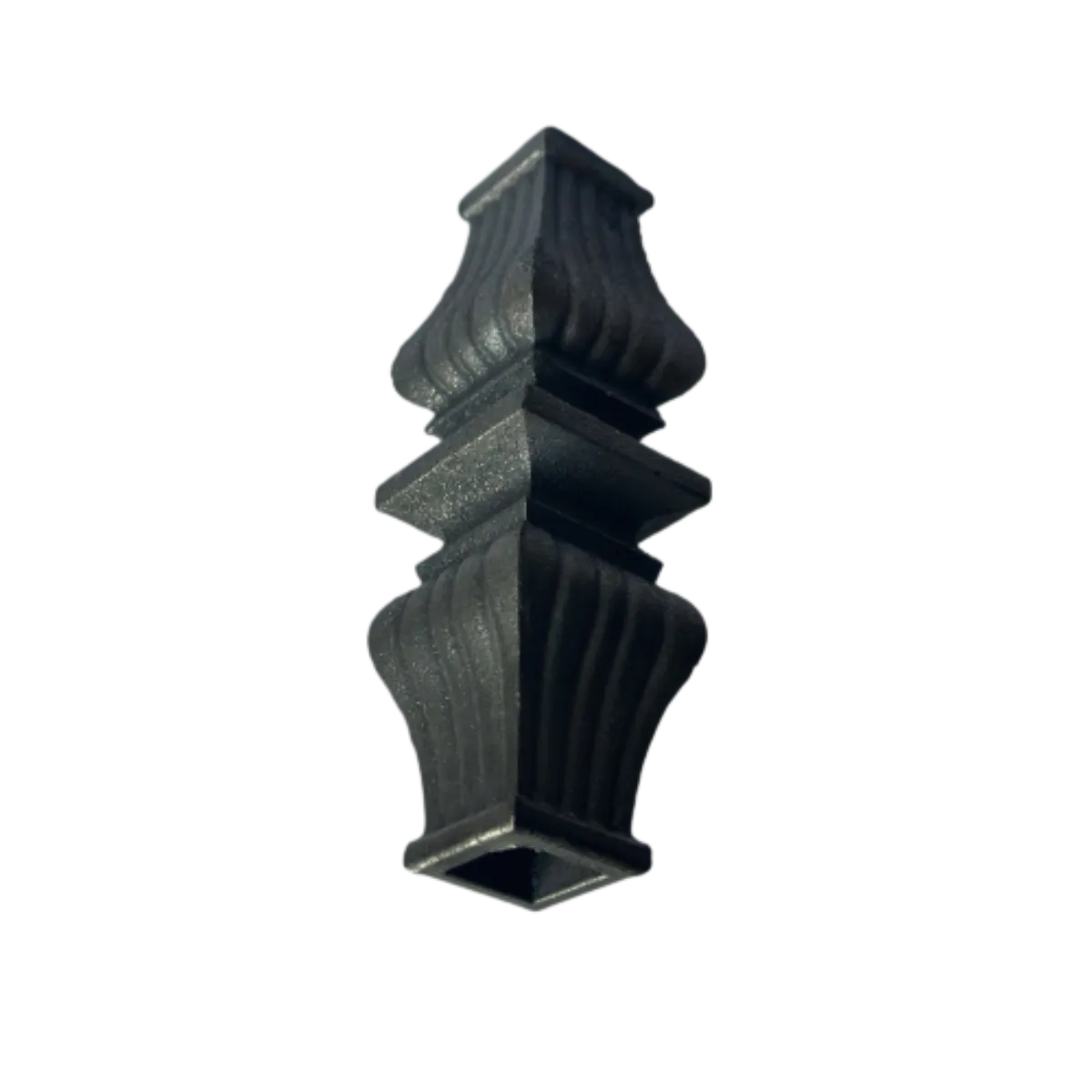 Cast Iron Accessories
口5/8" H57cm*W17cm 0.5KgInquire Now
Cast Iron Accessories
口5/8" H57cm*W17cm 0.5KgInquire Now -
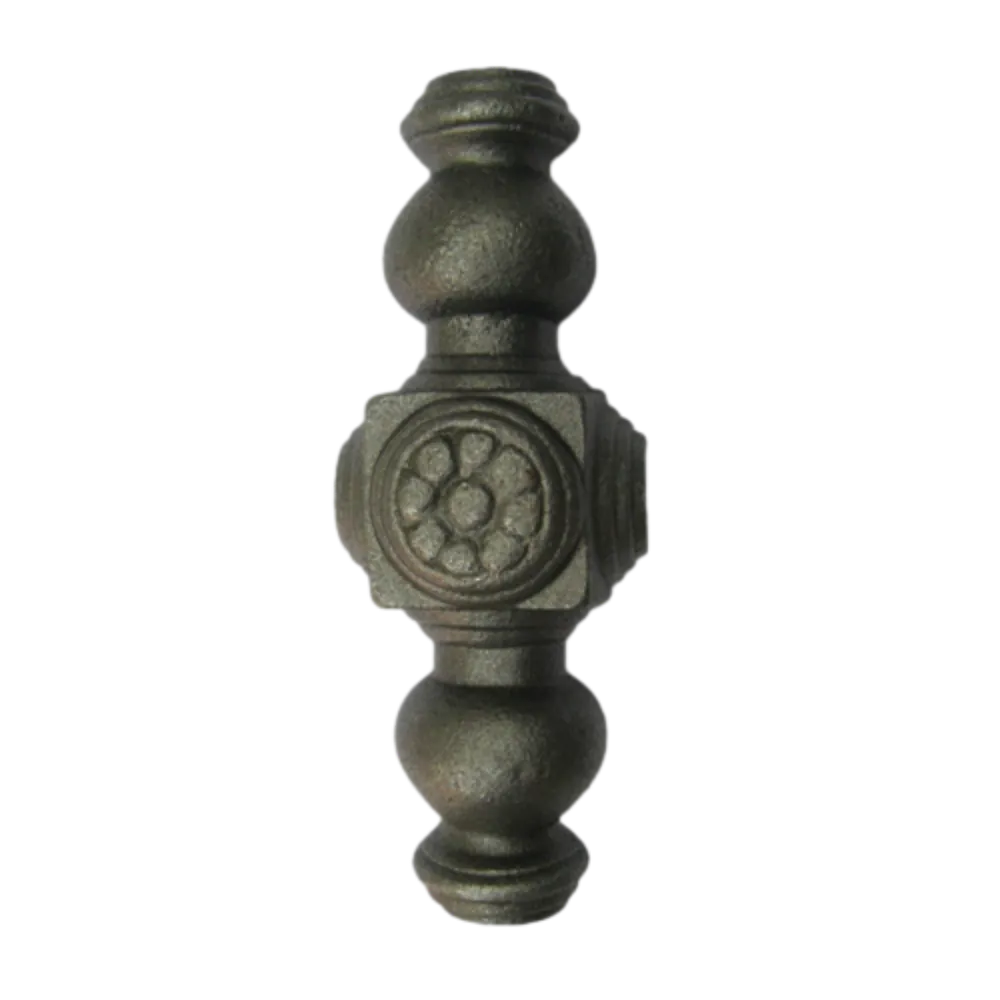 Metal Iron Decorative Parts
H47cm*W15cm ○1/2" H47cm*W15cm ○ 5/8"Inquire Now
Metal Iron Decorative Parts
H47cm*W15cm ○1/2" H47cm*W15cm ○ 5/8"Inquire Now -
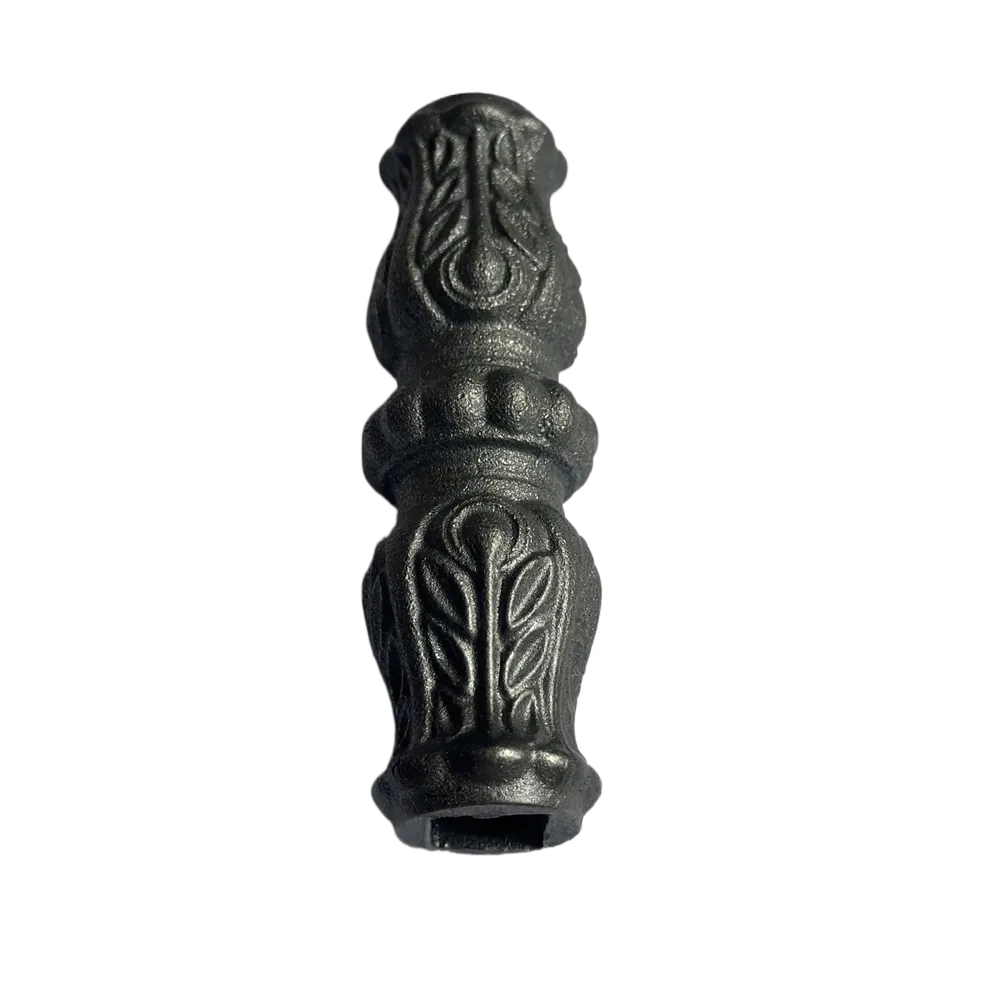 Cast Iron Casting Collars and Bushes
口1/2" 口5/8" H125*W45mm 0.26KgInquire Now
Cast Iron Casting Collars and Bushes
口1/2" 口5/8" H125*W45mm 0.26KgInquire Now -
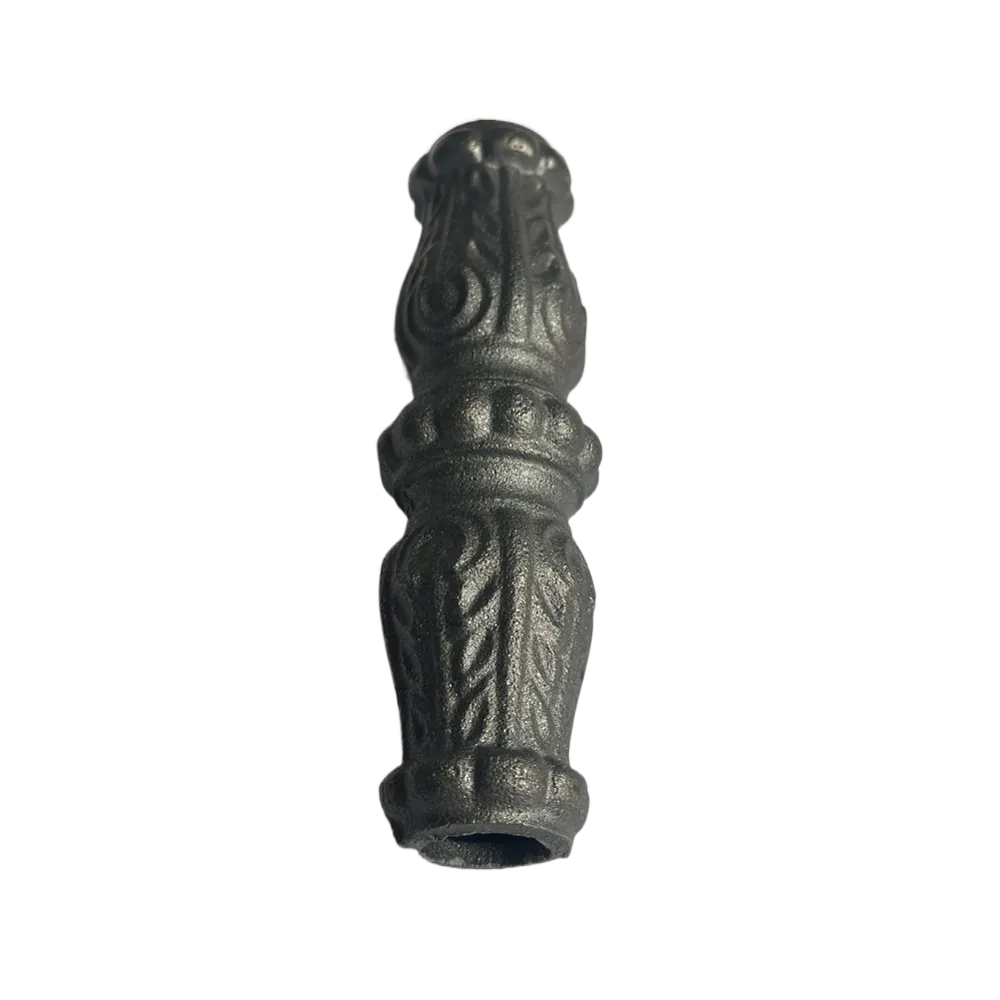 Cast Iron Collars
○1/2" ○5/8" H121*W35mm 0.2kgInquire Now
Cast Iron Collars
○1/2" ○5/8" H121*W35mm 0.2kgInquire Now -
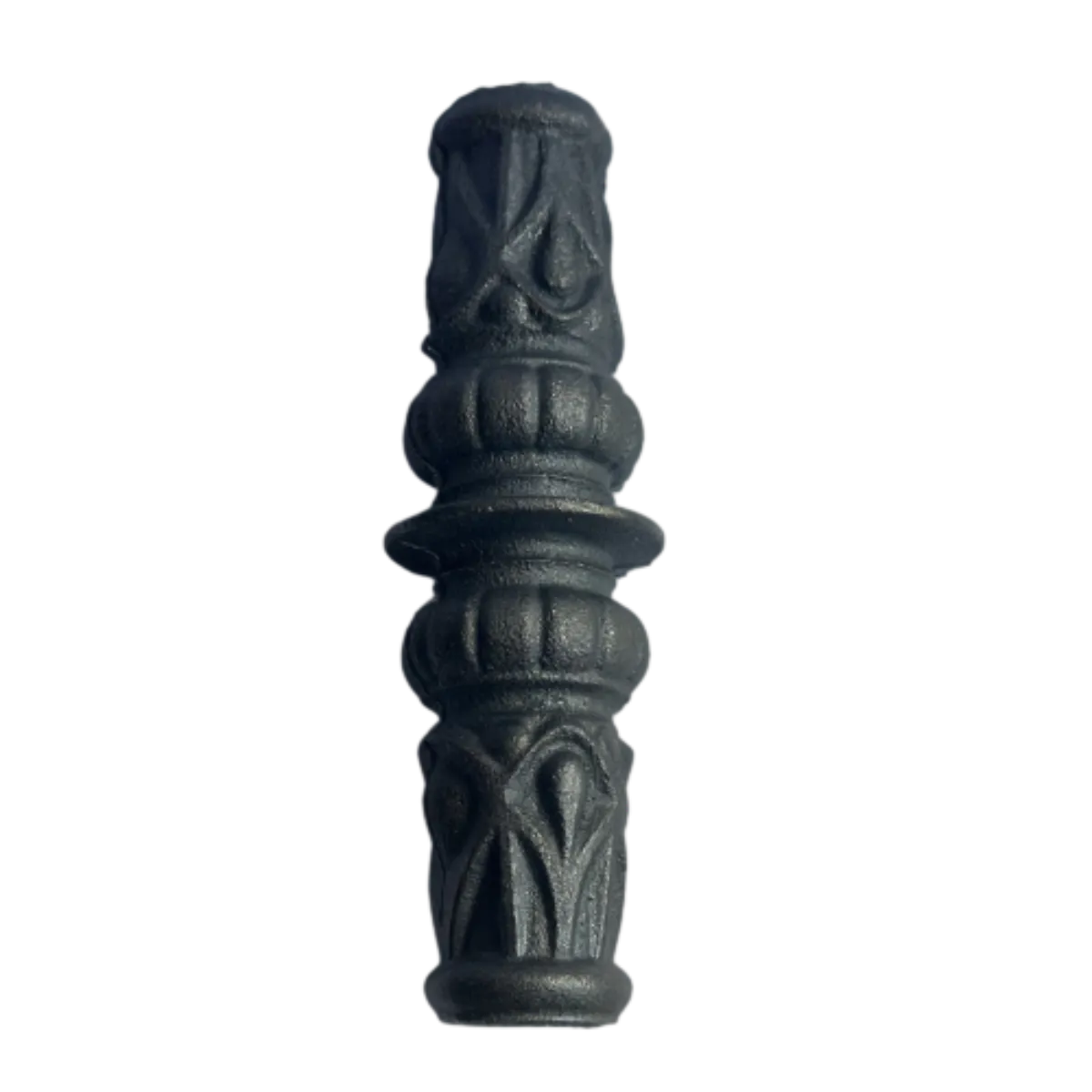 Decorative Collars
○1/2" ○5/8" H130*W40mm 0.23KgInquire Now
Decorative Collars
○1/2" ○5/8" H130*W40mm 0.23KgInquire Now -
 Decorative Iron Round Collars
○1/2" ○5/8" H120*W38mm 0.24KgInquire Now
Decorative Iron Round Collars
○1/2" ○5/8" H120*W38mm 0.24KgInquire Now -
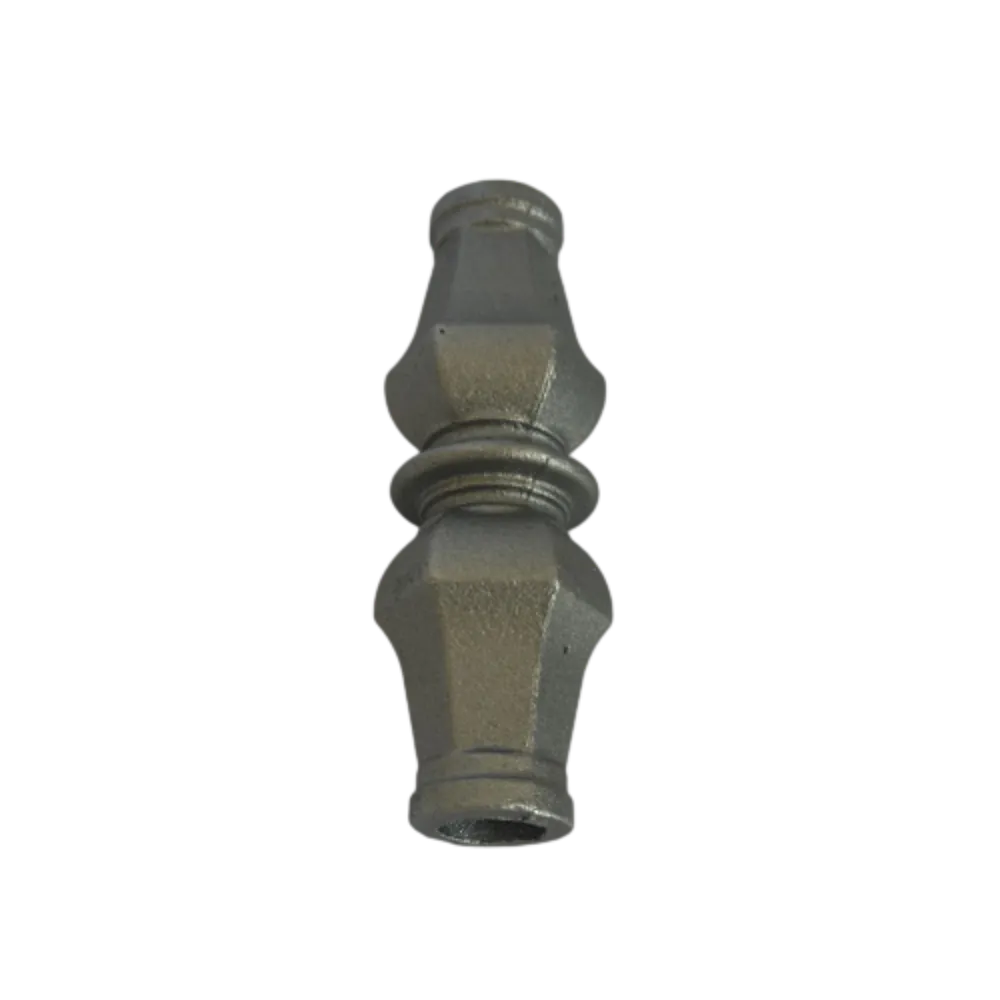 Decorative Collars
○5/8" H120*38mm 0.24KgInquire Now
Decorative Collars
○5/8" H120*38mm 0.24KgInquire Now -
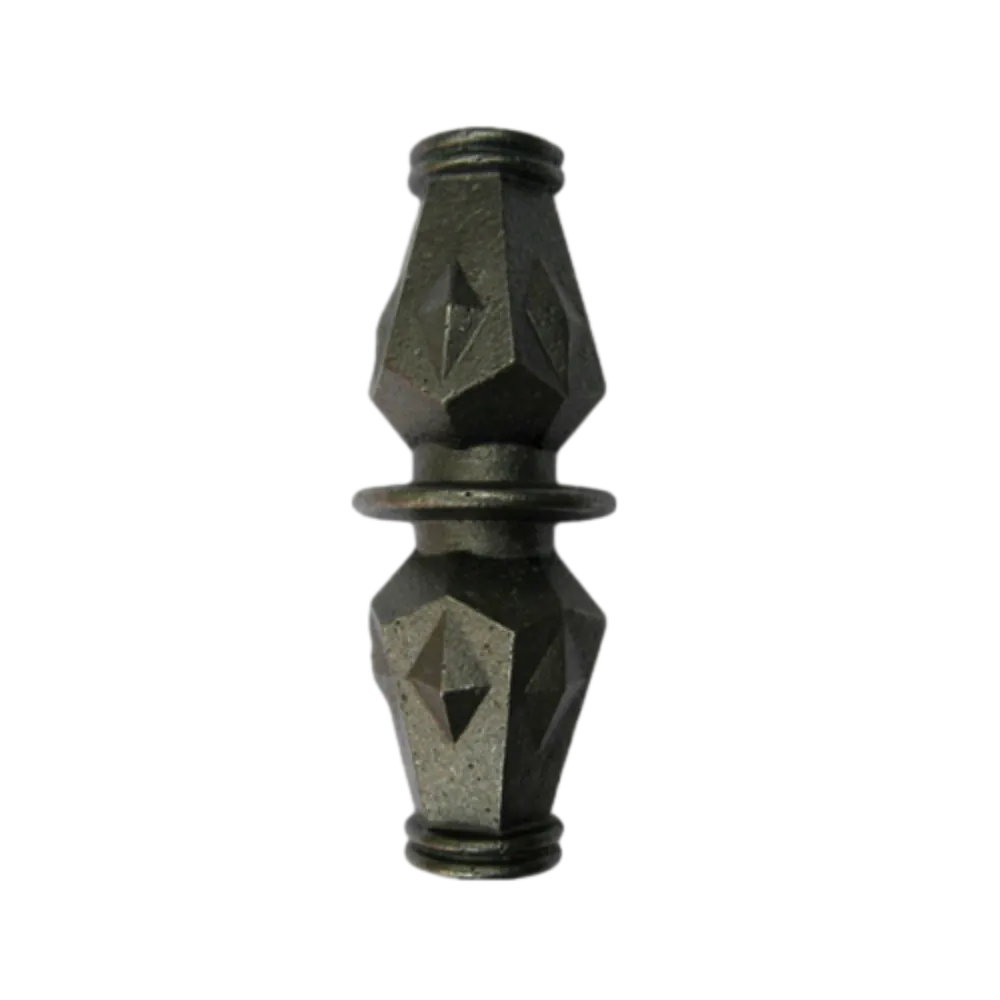 Cast Iron Collar
○5/8" H123*W45mm 0.3KgInquire Now
Cast Iron Collar
○5/8" H123*W45mm 0.3KgInquire Now -
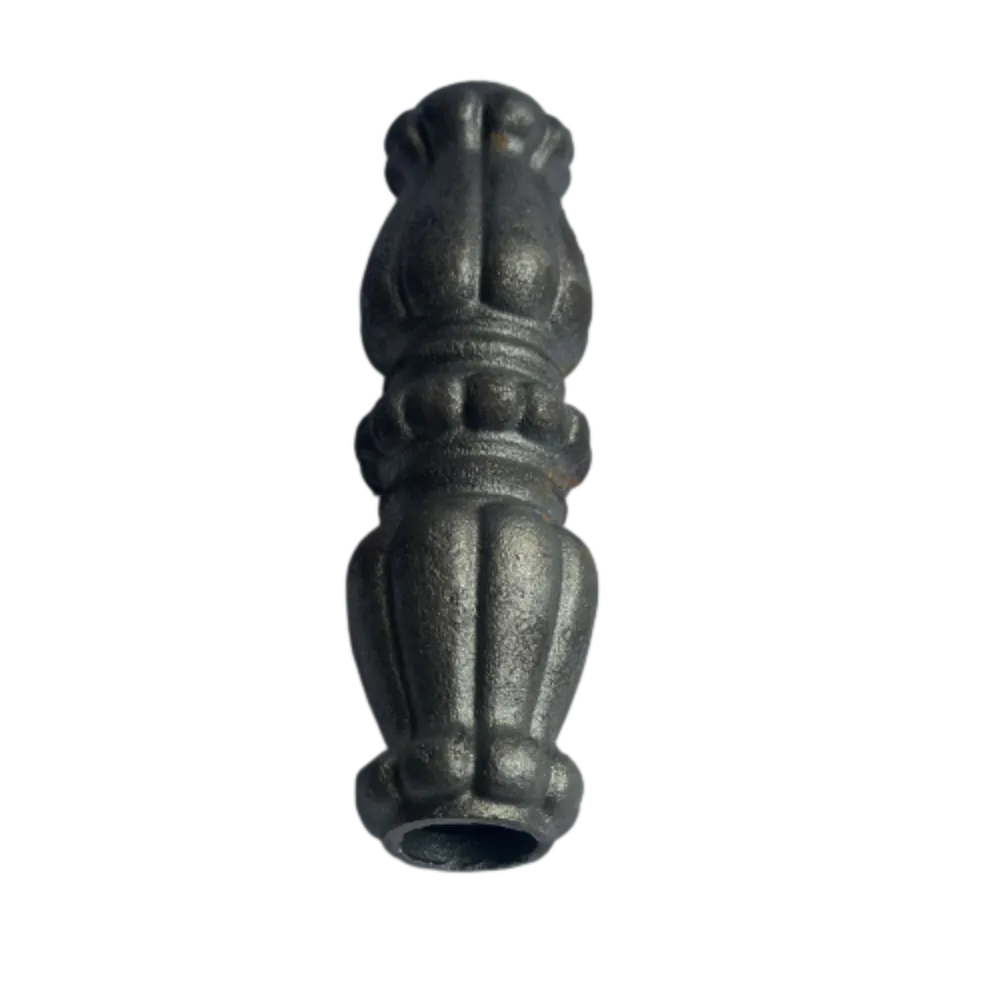 Cast Iron Collars
○5/8" H119*W35 0.27KgInquire Now
Cast Iron Collars
○5/8" H119*W35 0.27KgInquire Now
What Are Cast Iron Bushings, And What Purpose Do They Serve?
Cast iron bushings are cylindrical components that serve as liners for shafts, rods, or other mechanical parts. Their main function is to reduce friction between moving parts and provide a stable, smooth surface for rotation or movement. Bushings are commonly used in machinery to protect more delicate parts from wear and tear.
Applications of cast iron bushings include:
Bearings and Mechanical Equipment: Cast iron bushings are frequently used in bearings to absorb friction and reduce wear on moving parts, such as in rotating shafts or gears. They extend the life of the equipment by minimizing direct contact between metal parts.
Piping and Plumbing: Bushings are also used to reduce the size of pipe openings or as spacers between parts. They create a snug fit that prevents leaks and enhances the integrity of the piping system.
Automotive and Industrial Equipment: In vehicles or heavy machinery, cast iron bushings are used in suspension systems, engine components, and other moving parts where resistance to friction and heat is critical.
Cast iron bushings are chosen for their durability and heat resistance. They are often preferred over other materials for applications that involve heavy loads or high temperatures because cast iron can withstand harsh conditions without significant wear.
What Are Cast Iron Bases, And What Are Their Typical Applications?
Cast iron bases are heavy-duty components that serve as stable foundations for poles, columns, or other vertical structures. These bases provide support and distribute the weight of the structure evenly, preventing instability or tilting.
Common uses of cast iron bases include:
Fences and Balustrades: In fencing systems, cast iron bases provide a stable footing for vertical posts, ensuring that they remain upright and secure. These bases are often bolted to the ground or embedded in concrete for added stability.
Light Poles and Street Signs: Cast iron bases are commonly used at the bottom of streetlights, flagpoles, or signage. Their weight and strength provide a solid foundation to prevent tipping or damage from wind, weather, or impact.
Architectural Support: In construction, cast iron bases are used to support columns or pilasters, especially in historic or period-style buildings where aesthetics and durability are equally important. These bases often feature decorative designs, adding both functionality and visual appeal.
The heavy weight and corrosion resistance of cast iron make it an ideal material for bases used outdoors or in industrial environments where the structure must withstand heavy use and environmental exposure.




